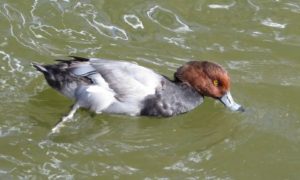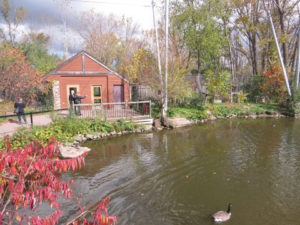To me, a “fanatic” is, put simply, someone who is unreasonable. Thus, I must admit that I bristle when anyone who dares to challenge (as I do, regularly, in this space) the propaganda put forth by the zoo community to justify what is often the cruelly inadequate standards by which animals that are wild by nature are forced to exist is dismissed as being “fanatical,” or “extremist.” The subtext is that nothing can make the critic less concerned, and thus all anxieties about caged wildlife can be dismissed.
These thoughts rattled around in my brain three weeks ago as I visited the ZooEcomuseum in Montreal. It is a work in progress but, as zoos go, for the most part it took from me many of those criticisms I have of zoo propaganda. For example, while the zoo community claims that their zoos are educational,” they usually are not, often providing minimal or incorrect information while showcasing human dominance over animals. But, the ZooEcomuseum takes a different tact and focuses on teaching young children, not adults, with material that in fact is educational and accurate at a child-appropriate level.
The animals are species that are native to the region, thus we see no polar bears in tropical heat nor equatorial birds in cold climates. All of the species I saw were native ones that occur in winter in that region.

There was a red fox who lost a leg after becoming entangled in garden furniture and his plight is used in a poster to graphically illustrate how even something as benign as a lawn chair can have unintended negative impacts on our wildlife neighbors.

I want no animal held captive unless for its own good – and, even then, only if the animal is allowed a life with pleasures and natural behavior – and the ZooEcomuseum comes very close to providing just such conditions.
Keep Widlife in the Wild,
Barry
